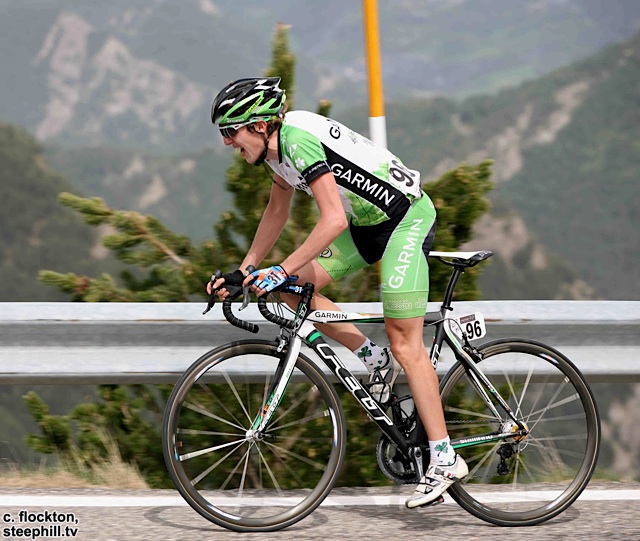
 | « steephill.tv home • |
| « Stage 10 | Return to Vuelta a Espana 2010 Live Dashboard | Stage 12 » | |||||||||
|
profile | map | timetable | preview | results | photos | video Stage 11: Vilanova i la Geltrú → Vallnord This stage preview is available in the following languages:
(We are looking for translations in ALL other languages. Please submit your translation with the stage no. and language in the subject title.) Stage 11 preview: Vilanova i la Geltrú → Vallnord, 208 km (Mountain) |
||||||||||
 Stage 7 of the 2009 Tour de France also finished in Andorra |
September 6 post: Some climbers (Frank Schleck?) have been biding their time waiting for the high mountain stages and stage 11 with a mountaintop finish in Andorra may provide an opportunity for some riders to move back into GC contention.
Starting from Vilanova i la Geltrú, the previous day's finish, we'll head due north to the Pyrénées or Pirineos, as they are called in Spainish. We know the Pyrénées well from the French side since they are featured in the Tour de France every July. Often the Tour will venture into Spain and much of the latter half of this stage was used in the 2009 Tour de France stage from Barcelona to Arcalis won by Brice Feillu.

The 2009 Volta a Catalunya used the same finish to Pal that this year's Vuelta Stage 11 will use. Here's Dan Martin of Garmin-Slipstream on his way to finishing second that day. Photo: Colin Flockton, steephill.tv
|
Stage 11 climbs
Km 47 - Alto del Refugio - 9,4 km of 4,15% - Category 3
Km 199 - Andorra. Estació de Vallnord Sector Pal. - 9,9 km at 6,52% - Hors catégorie